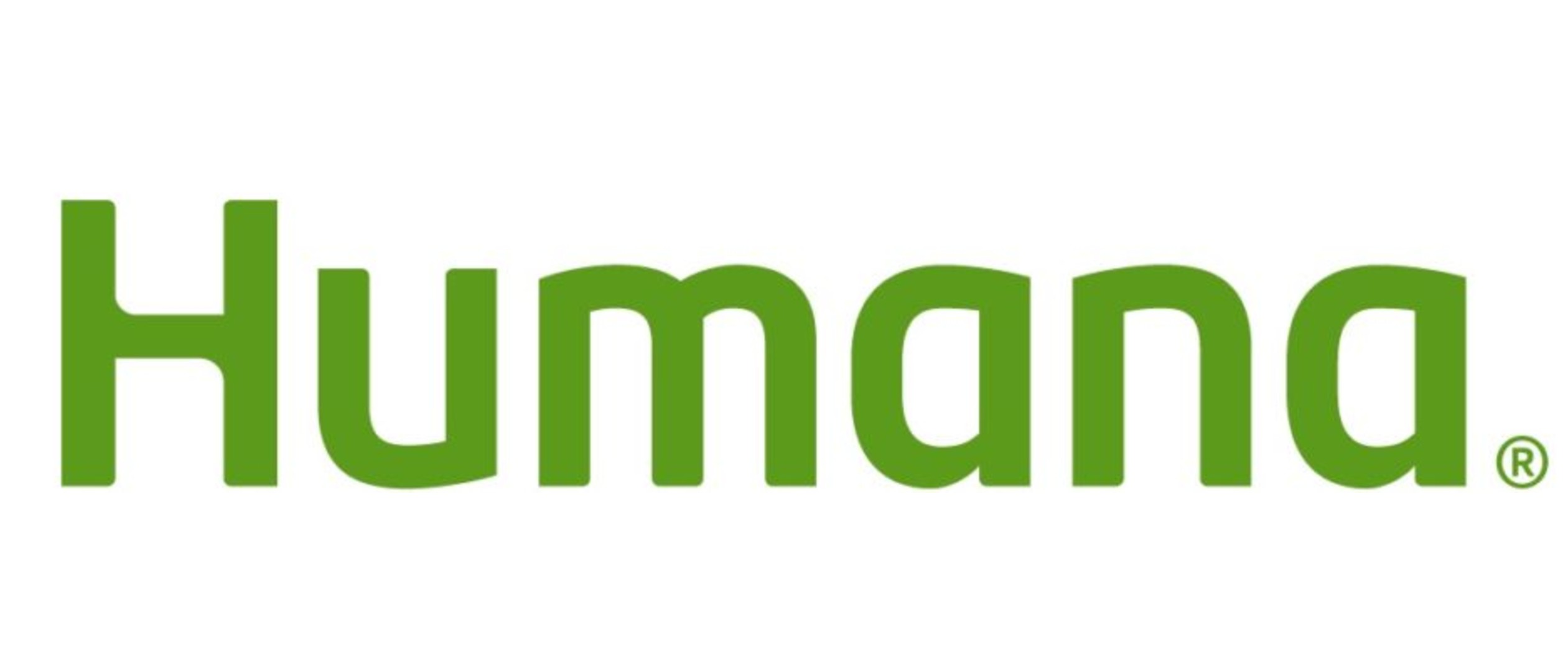Treatment of Periodontal Disease in Crest Hill, IL.
Periodontitis can cause serious consequences, including tooth loss and losing the supporting bone of dentition. Patients with chronic periodontal disease require immediate and proactive treatment to control the infection and prevent tooth loss in the future
Scaling & Root Planing
This deep cleaning method removes buildup below the gingival line, helping to treat various types of periodontal disease. When pockets of infection develop under the gingival line, scaling and root planing are necessary to remove the plaque trapped below the gingiva. For patients with chronic periodontitis, this treatment helps with the prevention of tooth and bone loss. Scaling is the process of removing the tartar and plaque buildup, then root planing smooths the tooth roots so the gingiva can reattach to the teeth.
Treatment of Chronic and Aggressive Periodontitis
Chronic and Aggressive Periodontitis are different forms of Periodontal Disease and could be addressed with different approaches in order to control the periodontal infection and regenerate the lost bone due to periodontitis. Osseous surgery, Guided Tissue Regeneration and LANAP (Laser Assisted New Attachment Procedures) are some of the treatment approaches which we provide in Soltani Periodontics and Implant Dentistry.
Osseous Surgery
Pockets of infection in the gingiva can be treated using osseous surgery, which aims to eliminate the bacteria that is causing the infection. This procedure involves a process which the periodontist can access the area where the bacteria is present, including the tooth roots and underlying bone. Additionally, damaged bone can be repaired and contoured to reduce or eliminate bacterial pockets in the future. Not only does osseous surgery help with control the periodontal infection, but it stops the infection from spreading to surrounding tissue.
Guided Tissue Regeneration
Guided tissue regeneration is a treatment process that helps repair periodontal tissues that affect the stability of your teeth. For example, when bacteria accumulate in the gingival gap, the chronic infection can damage tissues (gingiva and bone) that support the teeth. Guided tissue regeneration is a method that places an artificial membrane to hold space between the gingiva and bone where bone can start rebuilding. The combination of infection removal to eliminate bacteria, a bone graft, and an artificial membrane creates the optimal conditions for strengthening the supporting bone around teeth.
Treatment of Peri-Implantitis
Even though dental implants aren’t susceptible to tooth decay, gingival infections can occur that result in gingivitis and periodontist (mucositis/ peri-implantitis) around the implant. Peri-implantitis requires immediate treatment to decrease the bacterial presence in the soft tissue/bone around implants. Early detection is treated with mouthwashes, antibiotics, and the removal of any cement deposits from the placement of the crown on the implant. If deep pockets of infection continue, more effective treatment might be necessary using surgical techniques such as bone grafts, or LAPIP (Laser Assisted Peri-Implantitis Procedure).
How Does LANAP Work?
Laser-Assisted New Attachment in Periodontics (LANAP) uses a laser known as the PerioLase MVP-7. The use of this laser/Laser Periodontal Treatment for areas with gingiva inflammation and infection creates the potential to stimulate regrowth in these damaged portions of the gingiva tissue.
It’s possible to regrow new periodontal ligament, cementum, and alveolar bone – creating optimal oral function.
Gentle pulses of light are targeted at the infected areas of the gingiva, helping to kill disease-causing bacteria and remove the damaged tissue. As a result, the healthy tissue is unharmed, allowing it to reattach to the tooth and promote regrowth.
Often, root scaling and planing are used first to remove built-up tartar and plaque. Then, LANAP directs the laser using a tiny fiber that goes between the tooth and gingiva. The laser is small – the width of three human hairs – but offers a powerful effect to eliminate infection and promote healing. The procedure is complete after a thorough cleaning of the area. Then the body will naturally heal this area.
This gingiva surgery is an outpatient procedure and can be done in just a few hours. However, after the surgery is complete, it’s essential to be consistent with follow-up care to promote proper healing and minimize the risk of complications. You can expect to have sore gingiva for a few days, but the pain can be managed using over-the-counter medications. Additionally, you will need to follow a soft diet to keep the teeth and gingiva stable during the healing time.
Benefits of LANAP
Why choose this laser alternative instead of traditional periodontal surgery? Recovery is much more comfortable and faster, with virtually no pain or downtime. In addition, stitches are not required since the laser completes the surgical treatment without an open incision in the gingiva.
Another benefit of LANAP is the decreased risk of postoperative sensitivity and prevention of gingiva recession after the treatment is complete.
This advanced laser technology is the leading solution for managing gingiva disease. Patients experience faster recovery and healing, as well as optimal results after the treatment is complete.
Our Services
We Accept Most Insurances
We work hard to make the process of paying for your dental care as simple as possible! Soltani Periodontics & Implant Dentistry accepts all PPO insurance plans, and we file your insurance for you so the benefits will come directly to us. We accept Delta Dental, Metlife, Cigna, Blue Cross BlueShield, Guardian, United Healthcare, and more!









